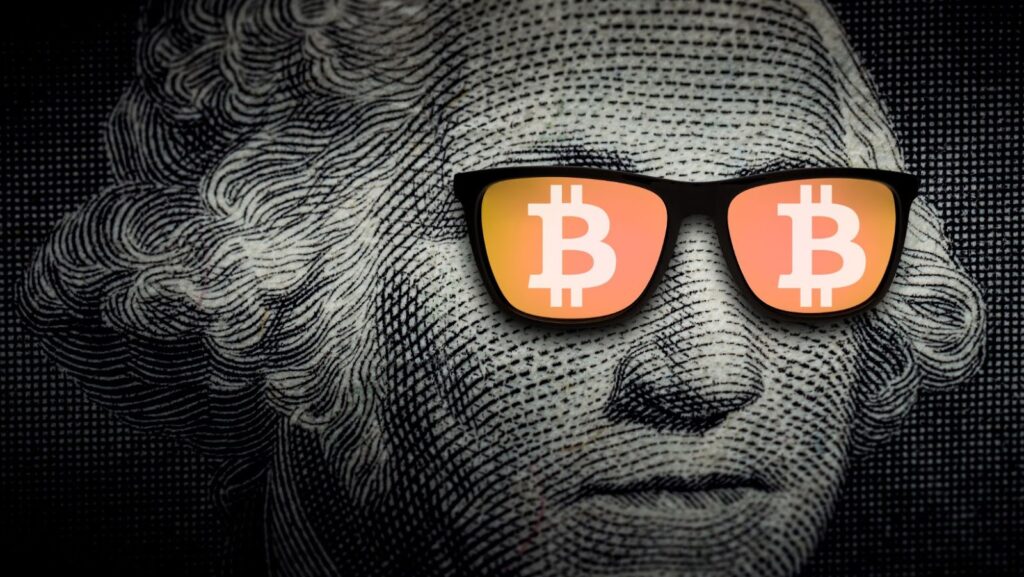In the ever-evolving world of art and creativity, the rise of digital technologies has opened up new avenues for artists to showcase their work and connect with audiences. Among these technologies, Bitcoin, a leading digital currency, stands out as a transformative force in the creative industry. This blog post explores how Bitcoin and related blockchain technologies empower artists and creatives, providing them with unprecedented opportunities for direct support and financial independence.
The Rise of Bitcoin in the Creative World
Bitcoin, introduced in 2009, has grown from a niche digital curiosity into a significant global currency. Its underlying technology, blockchain, ensures transactions are secure, transparent, and decentralized. For artists, this means an opportunity to step away from traditional financial systems and engage directly with supporters.
Leveraging Cryptocurrency for Direct Audience Support
One of the most compelling benefits of Bitcoin for artists is the direct line of support it establishes between creatives and their audiences. Traditionally, artists have had to rely on galleries, publishers, and other middlemen to sell their work, often losing a substantial portion of their earnings in the process. Bitcoin and other cryptocurrencies circumvent this, allowing artists to receive payments directly from their supporters without the need for intermediaries. You can also explore Immediate Elegance for further information.
This direct transaction not only enhances the financial returns for artists but also strengthens the relationship between artists and their audience. Supporters feel a closer connection to the creators they admire, knowing that their contributions go directly to the artists rather than being diluted by third parties.
Democratizing the Art Market
Bitcoin levels the playing field in the art market by democratizing access to funding. Artists from any part of the world can receive Bitcoin payments, which is particularly beneficial for those in regions with unstable currencies or limited access to traditional banking systems. This global reach expands the market for artists, enabling them to connect with international audiences and collectors more easily than ever before. Furthermore, it allows artists to bypass traditional barriers to entry and showcase their work on an international platform without geographical limitations.
Overcoming Geographical and Financial Barriers
By using Bitcoin, artists can avoid many of the fees and complications associated with currency conversion and international transactions. This not only simplifies the process of buying and selling art but also opens up a global marketplace where artists can transact with anyone, anywhere, at any time.

This is particularly empowering for artists in developing countries or in communities with less access to the global art market. Artists can engage with broader audiences without the need for expensive financial services.
Enhancing Transparency and Trust
The blockchain technology that underpins Bitcoin is inherently transparent. Every transaction is recorded on a public ledger, making it nearly impossible to alter or falsify records. This level of transparency builds trust between artists and buyers, as all parties can verify transactions independently. Enhanced transparency also means that all stakeholders have a clear view of the transaction history, boosting confidence in the purchase and sale of art pieces.
Protecting Intellectual Property
Blockchain can also be used to authenticate works of art, helping to prevent fraud and protect intellectual property. By registering art on the blockchain, artists can create a tamper-proof provenance for their work, which enhances its value and authenticity. This is particularly valuable in the digital art space, where duplication and copyright infringement are significant concerns. Additionally, it provides a secure method for artists to maintain control over their creations and their distribution.
Simplifying Royalty Payments
For many creatives, such as musicians and writers, royalty payments are a vital source of income. Bitcoin and blockchain technology can automate these payments, ensuring artists receive their dues whenever their work is used. Smart contracts, self-executing contracts with the terms of the agreement directly written into code, can be programmed to distribute royalties automatically, reducing the likelihood of disputes and delays. This automation streamlines the payment process, making it faster and more reliable for artists to receive their rightful earnings.
Expanding Creative Collaborations
Bitcoin not only simplifies the financial aspects of art but also encourages more extensive collaboration among artists. With easier access to international payments, creatives can more readily engage with peers across the globe, participate in joint projects, and cross-promote their work, all without worrying about the logistical constraints of traditional payment methods.
Case Studies of Success
Numerous artists and creatives have already embraced Bitcoin, using it to fund projects, sell their work, and engage with a global audience.

These case studies highlight the diverse ways Bitcoin is being used in the creative sectors, from independent filmmakers crowdfunding their next movie to digital artists selling their work as NFTs (Non-Fungible Tokens).
Conclusion
Bitcoin and blockchain technology are redefining the landscape for artists and creatives, offering them new levels of financial autonomy, market access, and connection with their audiences. By removing intermediaries, enhancing transparency, and simplifying transactions, Bitcoin empowers artists to focus on what they do best—create. As more creatives turn to Bitcoin, we can expect a continued transformation in how art is made, sold, and enjoyed, fostering a more vibrant and inclusive global art community.

